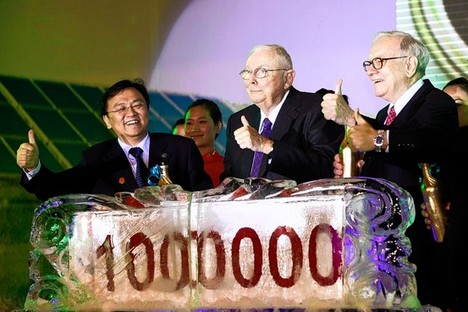Source of book image: online version of the WSJ review quoted and cited below.
Steven Johnson’s The Ghost Map is one of my favorite books. I also enjoyed his The Invention of Air. I have not yet read his Where Good Ideas Come From. Based on the review quoted below, I do not expect to be as enthused about the new book.
I have read elsewhere that Johnson criticizes patents. If all would-be innovators were independently wealthy then innovation without patents might work. But William Rosen in The Most Powerful Idea in the World has recently shown that patents financed a key group of craftsmen who otherwise would not have been able to create the steam engines that powered the industrial revolution.
The issues are difficult and important—I will write more in a month or two after I have had a chance to read Johnson’s book.
(p. A21) Mr. Johnson thinks that the adjacent possible explains why cities foster much more innovation than small towns: Cities abound with serendipitous connections. Industries, he says, may tend to cluster for the same reason. A lone company in the middle of nowhere has only the mental resources of its employees to fall back on. When there are hundreds of companies around, with workers more likely to change jobs, ideas can cross-fertilize.
The author outlines other factors that make innovation work: the tolerance of failure, as in Thomas Edison’s inexorable process-of-elimination approach to finding a workable light-bulb filament; the way that ideas from one field can be transformed in another; and the power of information platforms to connect disparate data and research. “Where Good Ideas Come From” is filled with fascinating, if sometimes tangential, anecdotes from the history of entrepreneurship and scientific discovery. The result is that the book often seems less a grand theory of innovation than a collection of stories and theories about creativity that Steven Johnson happens to find interesting.
It turns out that Mr. Johnson himself has a big idea, but it’s not a particularly incisive one: He proposes that competition and market forces are less important to innovation than openness and inspiration. The book includes a list of history’s most important innovations and divides them along two axes: whether the inventor was working alone or in a network; and whether he was working for a market reward or for some other reason. Market-led innovations, it turns out, are in the minority.
For the full review, see:
MEGAN MCARDLE. “Serendipitous Connections; Innovation occurs when ideas from different people bang against each other.” The Wall Street Journal (Tues., OCTOBER 5, 2010): A21.








